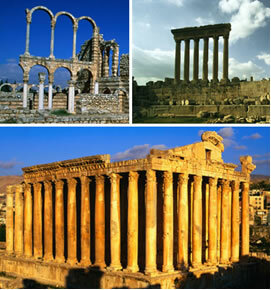Around three and four years of age, the child awakens to the curiosity to understand how things happen.
This occurs due to the construction of their own identity, which happens in childhood, when the child becomes to discover, to be aware of the “I”, the importance of its existence, the things it can do, see or what's happening.
From this discovery on, he starts to perceive the facts around him, giving greater emphasis to how everything happens, that is, the whys related to these. Often children question us repeatedly and mend one why after another.
It is important that people in direct contact with her must have patience and respect for the little one's curiosities, helping them to clarify their doubts.
This curiosity, the search for understanding the world is what will lead her to make new discoveries, sharpening her perception to learn.
If the child is hampered by the adult, when he asks questions, he may lose interest, desire to discover new things, getting paralyzed in their learning process out of fear or insecurity.
A good way to alleviate the questions is to send them back for the child to try to explain, or use them at times when the child does not want to obey. When she says she doesn't want to eat, her mother can ask her why, if she doesn't want to take a bath she can also use a question and thus show that not everything can happen the way she wants.
And as you understand the world around you, you will stop questioning about everyday things.
By Jussara de Barros
Graduated in Pedagogy
Brazil School Team
See more!
Improving Concentration
Activities that help children and young people increase attention
education - Brazil School
Source: Brazil School - https://brasilescola.uol.com.br/educacao/a-idade-dos-porques.htm



